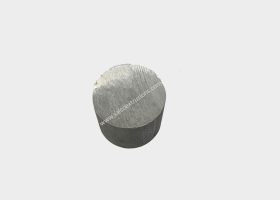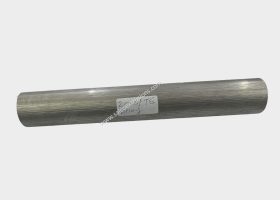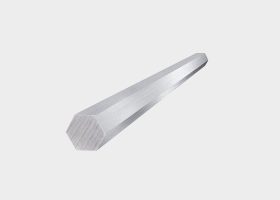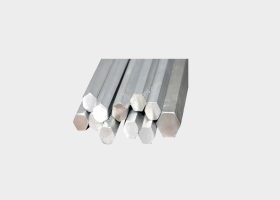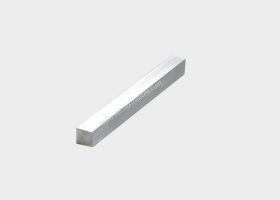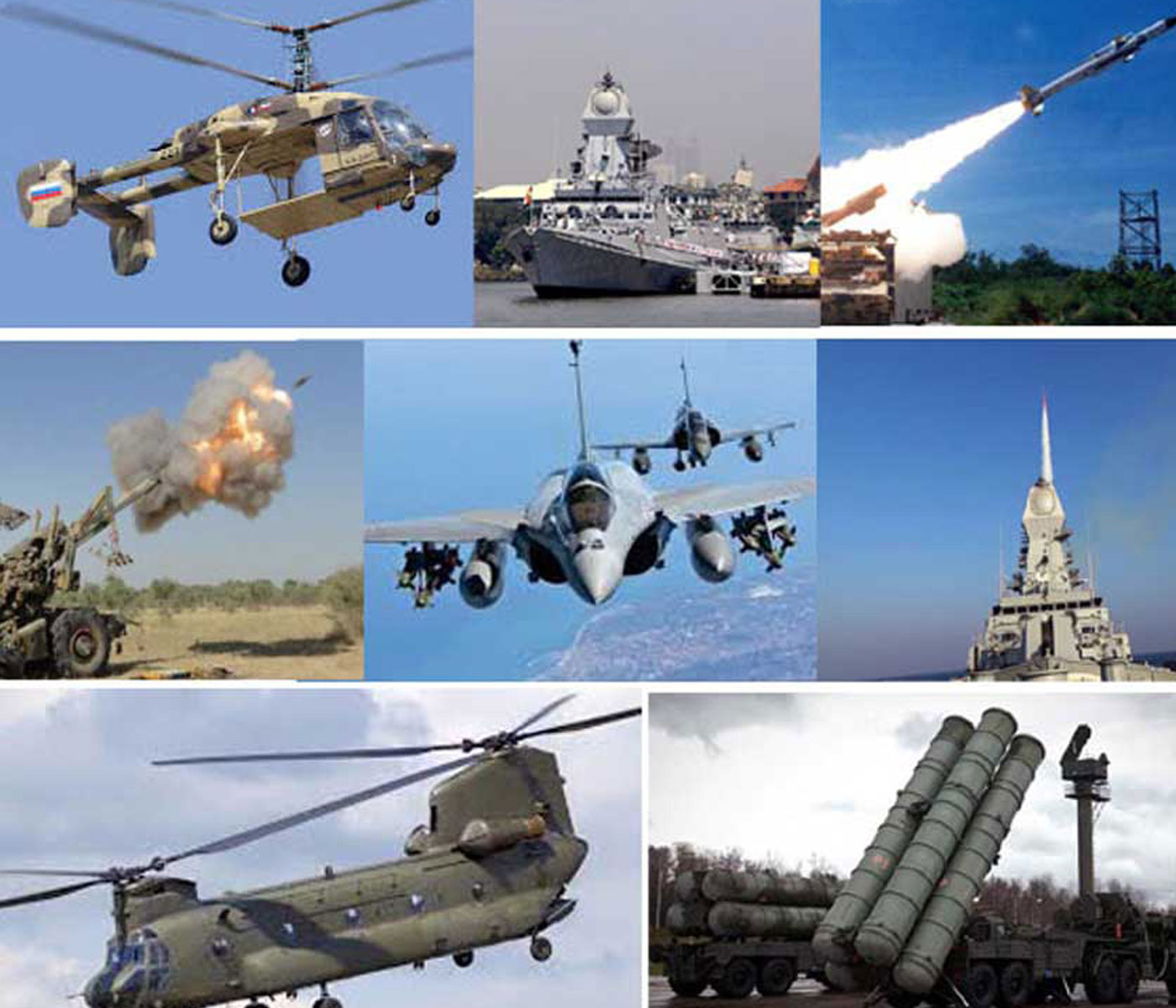
Aluminum Extrusions for Defense Applications
Aluminum Extrusions for Defense Applications | Lightweight Strength for Modern Warfare
In the ever-evolving landscape of defense and military technologies, the materials used to build systems, vehicles, and infrastructure must meet the most stringent standards. One material that has become increasingly essential in this field is aluminium, particularly in the form of aluminium extrusions for defense applications. With a unique combination of lightweight strength, corrosion resistance, and design flexibility, aluminium extrusions are transforming the way defense components are designed and manufactured.
What Are Aluminum Extrusions for Defense Applications?
Aluminium extrusion is a process in which aluminium alloy is forced through a shaped die to create components with a specific cross-sectional profile. This allows for the production of complex shapes that are strong, lightweight, and tailored to precise engineering requirements. These extrusions can then be cut, machined, and fabricated into components used in a wide range of defense applications.
Why Aluminum Extrusions for Defense Applications?
Defense applications demand high performance under extreme conditions. Whether it’s on land, in the air, or at sea, components must withstand high stress, exposure to harsh environments, and the demand for superior reliability. Aluminium extrusions for defense applications provide several distinct advantages that make them a material of choice:
-
Lightweight Yet Strong: Aluminium has an exceptional strength-to-weight ratio. In defense systems, where every kilogram saved can enhance fuel efficiency, increase payload capacity, or improve maneuverability, the lightweight nature of aluminium extrusions is invaluable.
-
Corrosion Resistance: Many defense applications operate in corrosive environments — naval vessels, submarines, and coastal military infrastructure, for instance. Aluminium naturally forms a protective oxide layer that makes it highly resistant to corrosion, especially when anodized or treated.
-
Thermal and Electrical Conductivity: Aluminium is an excellent conductor of heat and electricity, making it ideal for applications requiring effective heat dissipation or electromagnetic shielding, such as electronic enclosures or radar systems.
-
Versatility and Customization: The extrusion process allows for the creation of complex geometries with tight tolerances, offering designers the ability to customize parts for specific military applications. This flexibility is key in developing mission-critical systems.
-
Recyclability and Sustainability: With defense industries increasingly looking toward sustainable practices, aluminium’s recyclability without loss of properties makes it an environmentally conscious choice.
Key Aluminum Extrusions for Defense Applications
The use of aluminium extrusions for defense applications spans a wide array of military platforms and infrastructure. Here are some key areas where they are applied:
1. Military Vehicles and Armored Transports
Aluminium extrusions are widely used in the frames, body panels, and structural components of military vehicles. Their lightweight properties reduce the overall vehicle weight, improving speed and fuel efficiency while still providing strength and protection.
2. Aerospace and Aircraft Systems
In the aerospace sector, aluminium extrusions are critical in constructing fuselage structures, wing frames, and cockpit enclosures. Their ability to withstand high pressures and temperatures while remaining light makes them essential in both manned and unmanned aircraft.
3. Naval Ships and Submarines
From hull reinforcements to internal structural frames, aluminium extrusions are extensively used in naval construction. Their corrosion resistance and strength ensure long service life in marine environments, reducing maintenance costs and downtime.
4. Weapons and Munitions Systems
High-precision components for missile launchers, firearms, and artillery systems are often manufactured using aluminium extrusions. The ability to machine intricate shapes with high accuracy ensures operational reliability.
5. Communication and Radar Systems
Aluminium extrusions are also used to create enclosures for sensitive communication equipment, antennas, and radar systems. Their EMI (electromagnetic interference) shielding capabilities and thermal conductivity are crucial in protecting and cooling electronics.
6. Military Infrastructure and Shelters
Portable military shelters, towers, and bridges benefit from the use of aluminium extrusions due to their ease of assembly, strength, and resistance to environmental degradation.
Conclusion
The strategic advantages offered by aluminium extrusions for defense applications are undeniable. As modern warfare increasingly relies on technology, mobility, and efficiency, the demand for materials that deliver strength without added weight is more critical than ever. Aluminium extrusions meet this need with unmatched precision, performance, and adaptability.
From battlefield vehicles to high-tech communication systems, aluminium continues to play a foundational role in defense engineering. As innovations in alloy development and extrusion technology continue to evolve, we can expect aluminium to further cement its position as a cornerstone material in military and defense applications worldwide.
